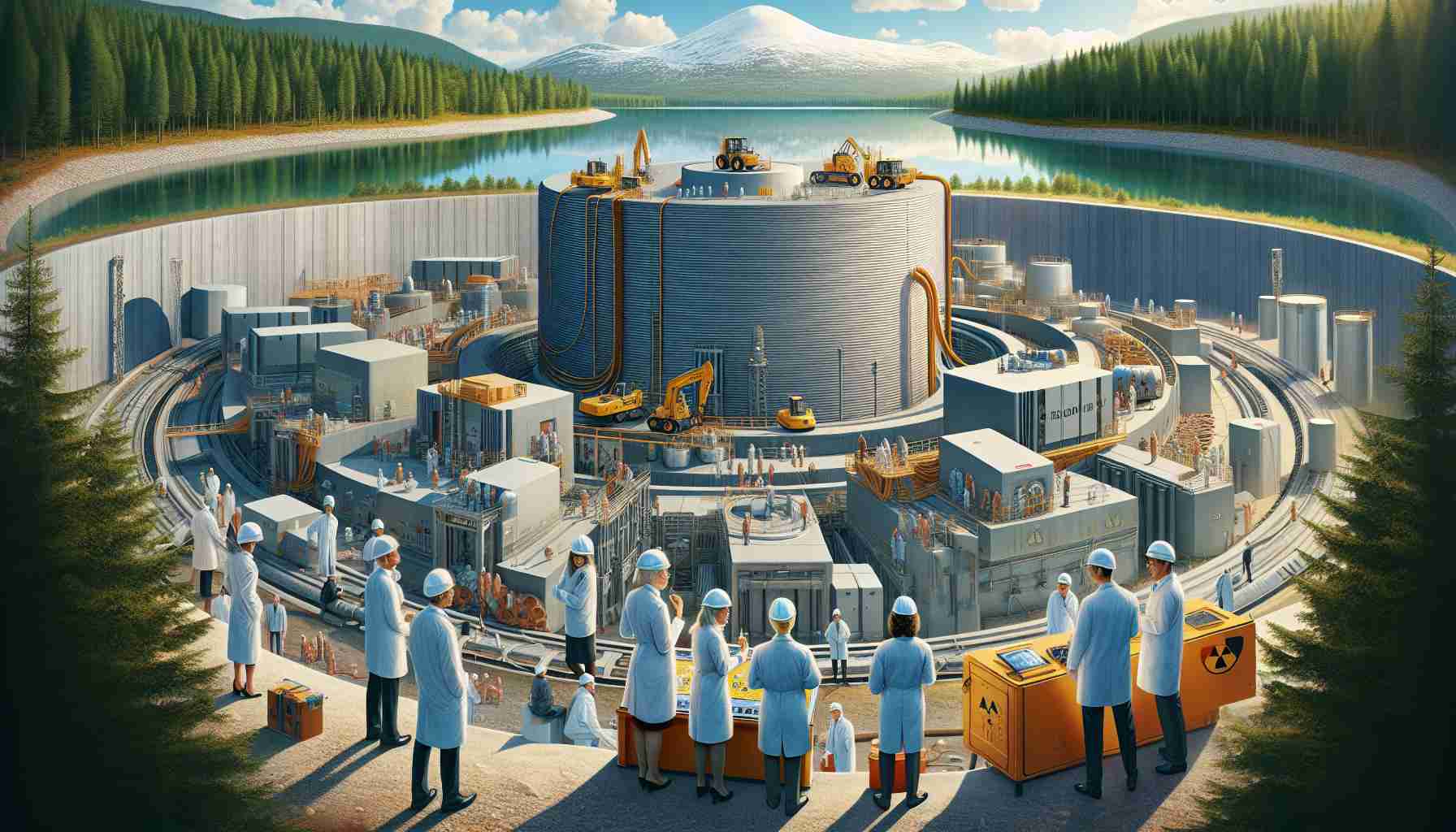Progress at Rooppur Nuclear Power Plant
The Rooppur Nuclear Power Plant, strategically located about 100 miles from Dhaka, reached a significant milestone in its journey towards operational readiness. Recently, officials from Rosatom announced the successful completion of the assembly process for the first of two planned VVER-1200 reactors.
This intricate assembly phase involved several critical components. Internal reactor elements, including a shaft and baffle, were meticulously installed, alongside fuel assembly simulators and the necessary protective infrastructure. Additionally, sensors designed to monitor various parameters were integrated into the setup.
Next Steps: Hydraulic Testing
As the project advances, the team is preparing for stringent hydraulic tests aimed at validating the reactor unit’s systems functionality. These tests will utilize dummy fuel assemblies that mirror the form of actual fuel assemblies but lack nuclear material. Notably, the genuine nuclear fuel, which arrived on-site last year, will only be incorporated following the successful completion of these evaluations.
Long-Term Vision and Impact
The planning for the Rooppur Nuclear Power Plant dates back more than ten years, with a bilateral agreement established in early 2011. The facility’s first unit is projected to commence operations by mid-2024, followed by the second a year later. Together, these reactors are expected to deliver a substantial 2,400 MW of electricity, playing a pivotal role in addressing Bangladesh’s ever-increasing energy requirements.
With electricity demand surging by approximately 7% annually, the Rooppur project not only aims to enhance energy access but also supports the nation’s broader sustainable development goals.
The Rooppur Nuclear Power Plant: A Catalyst for Change in Bangladesh
Significant Economic and Social Implications
The Rooppur Nuclear Power Plant is set to transform not just Bangladesh’s energy landscape, but also its economy and society at large. As the nation grapples with rapid urbanization and a burgeoning population, the anticipated 2,400 MW of electricity from the two VVER-1200 reactors will meet the demands of industries and households alike. This shift towards nuclear energy is expected to reduce the reliance on fossil fuels, potentially leading to a decrease in energy prices and improving energy security for the country.
Investments and Job Creation
One of the most vital impacts of the Rooppur project is the potential for substantial job creation. Thousands of jobs have already been generated during the construction and assembly phases of the plant. Local communities are benefiting from the employment opportunities, which often include technical training and skill development, enhancing the overall human capital in the region.
Environmental Considerations
As Bangladesh aims to advance towards sustainable energy solutions, nuclear power offers a low-carbon alternative that can significantly reduce greenhouse gas emissions compared to traditional coal and natural gas plants. However, the environmental safety measures surrounding nuclear energy generation raise questions about the long-term ecological impact and waste management processes. Critics argue that while nuclear power has a lower carbon footprint, the handling of radioactive waste and the risks of potential nuclear accidents must be meticulously managed.
Public Perception and Controversies
The Rooppur Nuclear Power Plant faces a spectrum of public sentiment. While many citizens recognize the necessity of expanding energy capacity, concerns about safety, waste management, and transparency in the project have been raised. Controversies stem from the historical context of nuclear energy, with incidents from other countries lingering in public memory. For instance, how has the government ensured that safety measures are adequately enforced to win public trust? As of now, the government has been proactive in communicating safety protocols, yet skepticism persists among segments of the population.
Long-Term Global Impact
Furthermore, the Rooppur project has broader implications for international relations and regional energy collaboration. As Bangladesh solidifies its position in the nuclear energy sphere, it may inspire neighboring countries to reconsider their energy strategies. The technology transfer from Russia to Bangladesh underlines the importance of bilateral agreements in advancing nuclear capabilities in developing nations.
Questions and Answers
How will the Rooppur Nuclear Power Plant affect local communities?
The plant is expected to create job opportunities, boost local economies, and foster skill development among residents. However, it may also raise concerns about safety and environmental impacts that need to be addressed.
What does the future hold for nuclear energy in Bangladesh?
With the completion of the Rooppur facility, Bangladesh may see a shift towards a more diversified energy portfolio, including further investments in renewables alongside nuclear power, ultimately aiming for energy independence and sustainability.
For more information on Bangladesh’s energy initiatives, please visit BPDB.
The source of the article is from the blog bitperfect.pe



